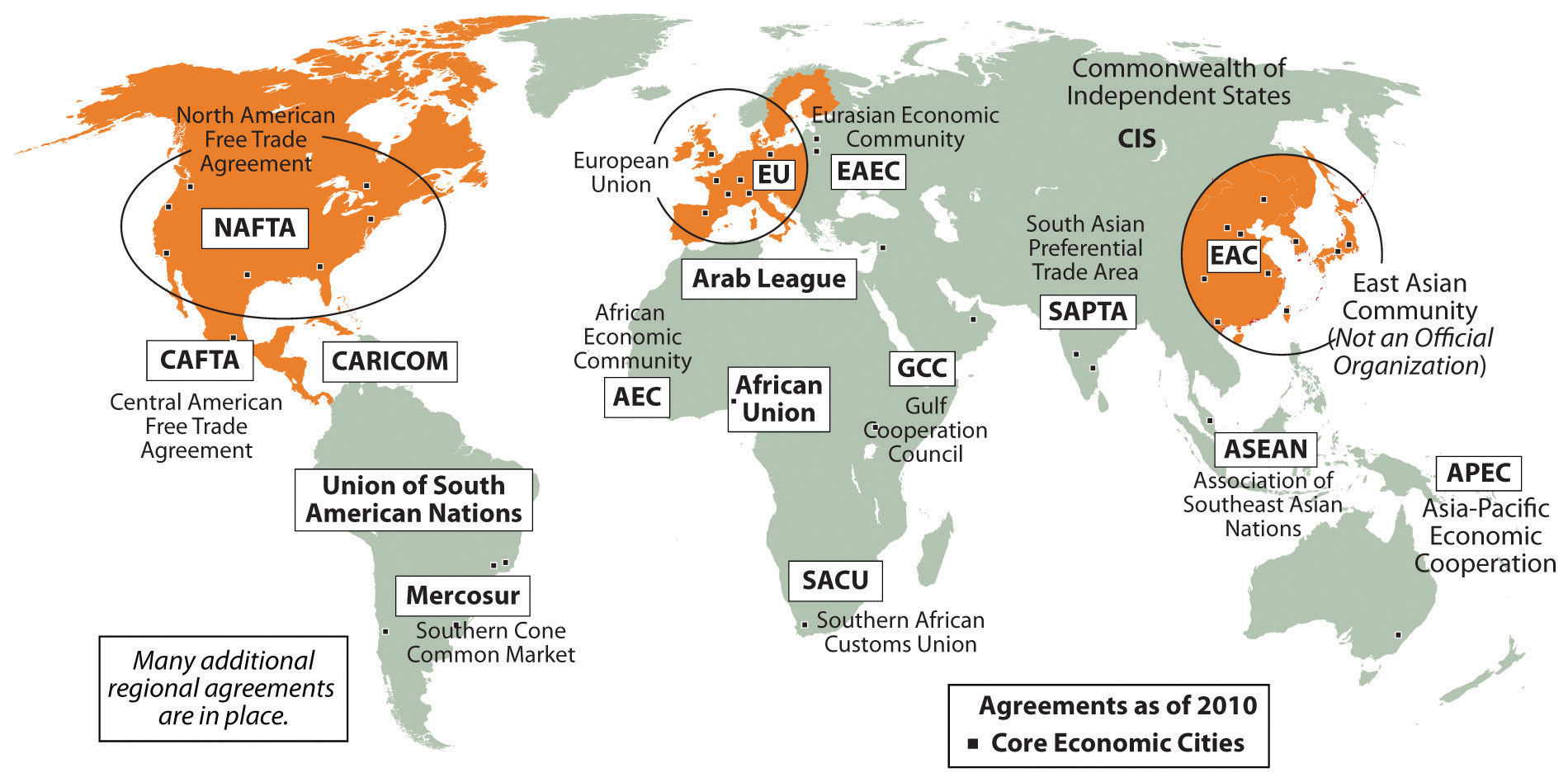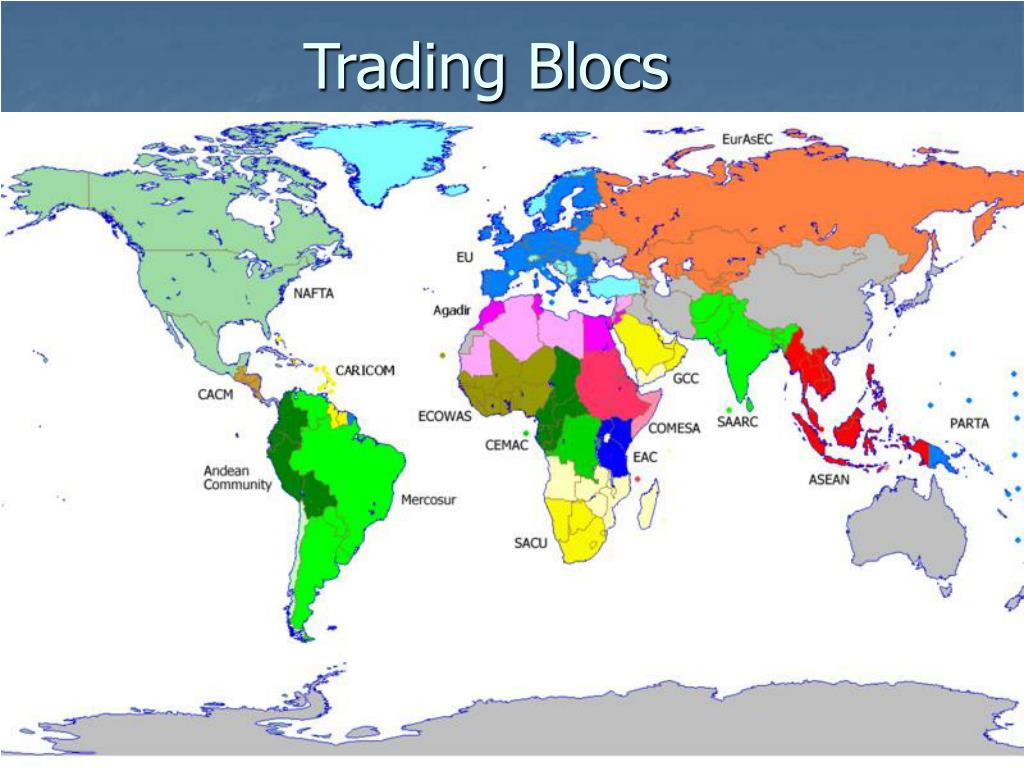

The bloc’s highest decision-making body, the Common Market Council, provides a high-level forum for coordinating foreign and economic policy. The bloc often “is less about opening up but actually about protecting Brazilian and Argentine industries from global competition,” says Oliver Stuenkel, an associate professor at the Getulio Vargas Foundation in Sao Paulo. Some critics say Argentina and Brazil wanted Mercosur simply as a trade shield. Together, the two countries account for nearly 90 percent of the bloc’s GDP and 95 percent of its population. Mercosur was created in large part to cement a rapprochement between Argentina and Brazil, whose relationship had long been defined by rivalry. In 1994, the group signed the Protocol of Ouro Preto, formalizing its status as a customs union. Residents of the bloc are authorized to live and work anywhere within it.
Trade blocs license#
“It was going to be a customs union with a political side.” The Mercosur stamp is emblazoned on member countries’ passports, and license plates display the Mercosur symbol. “Mercosur had grand ambitions,” says CFR’s Shannon K. The bloc has even considered introducing a common currency. The charter members hoped to form a common market similar to that of the EU to increase business and investment opportunities for regional industries and encourage local development. This will involve common monetary policy - in the case of the EU, monetary policy is operated by the European Central Bank (ECB) in Frankfurt.Mercosur was created in 1991 when Argentina, Brazil, Paraguay, and Uruguay signed the Treaty of Asuncion, an accord calling for the “free movement of goods, services, and factors of production between countries.” The four countries agreed to eliminate customs duties, implement a common external tariff of 35 percent on certain imports from outside the bloc, and adopt a common trade policy toward outside countries and blocs. They may have a common currency like the Euro in the EU. the Common Agricultural Policy (CAP) of the European Union. The member states may adopt common economic policies, e.g. This is a common market where the level of integration is more developed. The European Union is also a common market and people and capital can flow between EU members without restriction. Mercosur is an example of a common market comprising of a number of South American nations.
Trade blocs free#
This trading bloc is a customs union, which has, in addition, the free movement of factors of production such as labour and capital between the member countries without restriction. The countries will be represented at trade negotiations with organisations such as the World Trade Organisation by supra-national organisations, e.g. They will have a common external tariff (CET) which is applied to all countries outside the customs union.

There will be some degree of standardisation of trade policies. In a Customs Union, countries have free trade amongst themselves, as in an FTA, but they are no longer fully sovereign over trade policy. All members have most favoured nation status, which means that they are all treated equally.Įxamples include the North American Free Trade Area (NAFTA) between the USA, Canada and Mexico Asia Pacific Economic Cooperation (APEC) and the Common Market of Eastern and Southern Africa (COMESA). Sovereign countries belonging to a free trade area trade freely amongst themselves but have individual trade barriers with countries outside the free trade area. There are a number of types of trade blocs:

Section 4.1 Reasons for trade - simulations and activities.Section 4.1 Reasons for trade - questions.Topic pack - International economics - introduction.


 0 kommentar(er)
0 kommentar(er)
